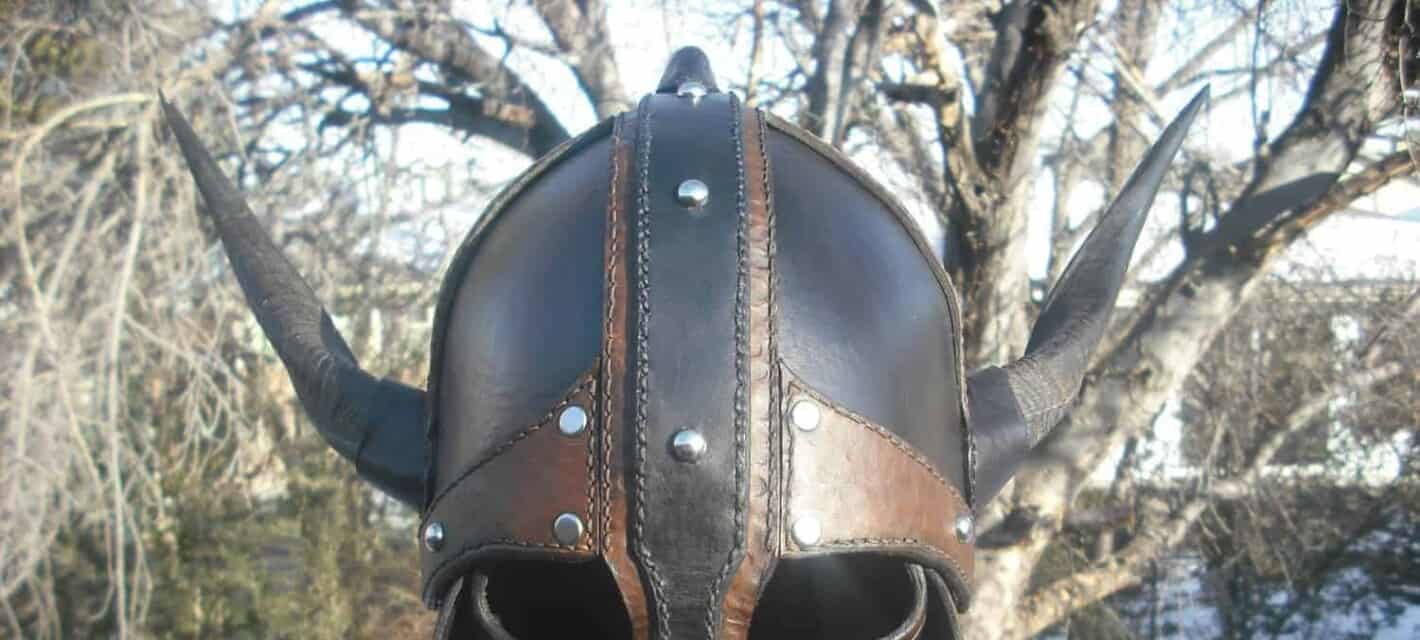The Vikings were made up of various groups of explorers, warriors and merchants who conquered and pillaged their way through parts of Western Europe from the 8th century to the 11th century. Groups of Vikings also landed in America and gained a general reputation for cruelty and barbarity.
It is widely assumed that the Viking Age began in 793 with a raid on a small island called Lindisfarne off England’s northeast coast. Within two years they raided Lambay Island off the coast of Dublin, Ireland. These raids were notable because the Vikings targeted churches where they murdered monks and destroyed religious texts and buildings.
Yet archaeological research suggests the Viking Age began some 70 years before the raids mentioned above in the Southern Danish town of Ribe. It appears as if they began peacefully with an emphasis on trade and not plunder. Perhaps their level of trade wasn’t sufficient to feed their families because, by the end of the 8th century, they were prepared to loot and murder to get what they wanted.
As well as establishing towns and cities in Ireland, France and the UK, the Vikings also voyaged to the new world and set up colonies on Greenland’s west coast. There were even failed attempts to settle in modern day America. Despite having access to an immense array of information related to the Vikings, there are some myths that just won’t go away. I will tackle 6 of them below.

1 – They Wore Horned Helmets
There have been countless TV programs and movies about the Vikings and most of them feature the Norse warriors clad in helmets with horns or wings on them. In reality, while the Vikings probably did wear headgear into battle, there is no evidence whatsoever that these helmets had horns.
In fact, no Viking helmet with horns has ever been found. Furthermore, one of the few complete helmets ever discovered that can definitively be classified as ‘Viking’ was a rounded iron cap. It was discovered on Gjermundbu Farm in Norway in 1943 and also featured a guard around the eyes and nose but there were no horns on the 10th-century helmet.
According to the 9th-century Oseberg tapestry, horned helmets could possibly have existed for rare ceremonial use but it is also possible that the figure depicted with the helmet in the tapestry was actually a god rather than a Viking. Pretty much all other evidence suggests the Vikings would have worn domed leather caps as headgear. This is pretty logical when you think about it; the Vikings usually fought in close quarters so horned helmets would have been cumbersome in the extreme.
The entire myth became popularized in the 19th century when Scandinavian artists created paintings which included Vikings wearing horned helmets. Costume designers for Wagner’s Nibelungenlied created horned helmets in the 1870s and within decades, the stereotype was born.
There is a possibility that these 19th-century artisans got their idea from Grevensvænge figurines that were found during the era. These figurines depicted warriors wearing horned helmets and were originally believed to be from the Viking Age. It was later discovered that these figurines came from the Nordic Bronze Age which was from 800 BC – 500 BC. They may also have been fooled by discoveries of bronze-horned helmets. These helmets would have been too fragile for battle, were almost certainly for ceremonial use and would have been made in 900 BC; over 1,500 years before the Viking Age.

